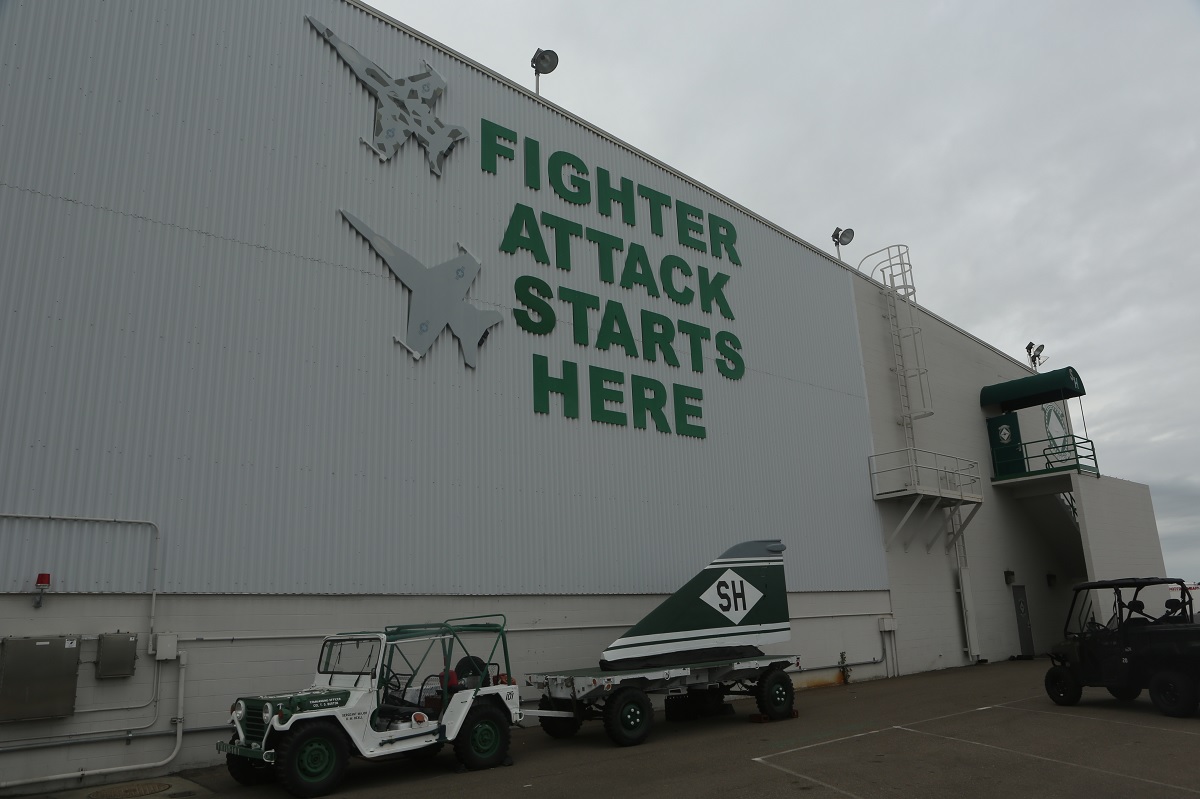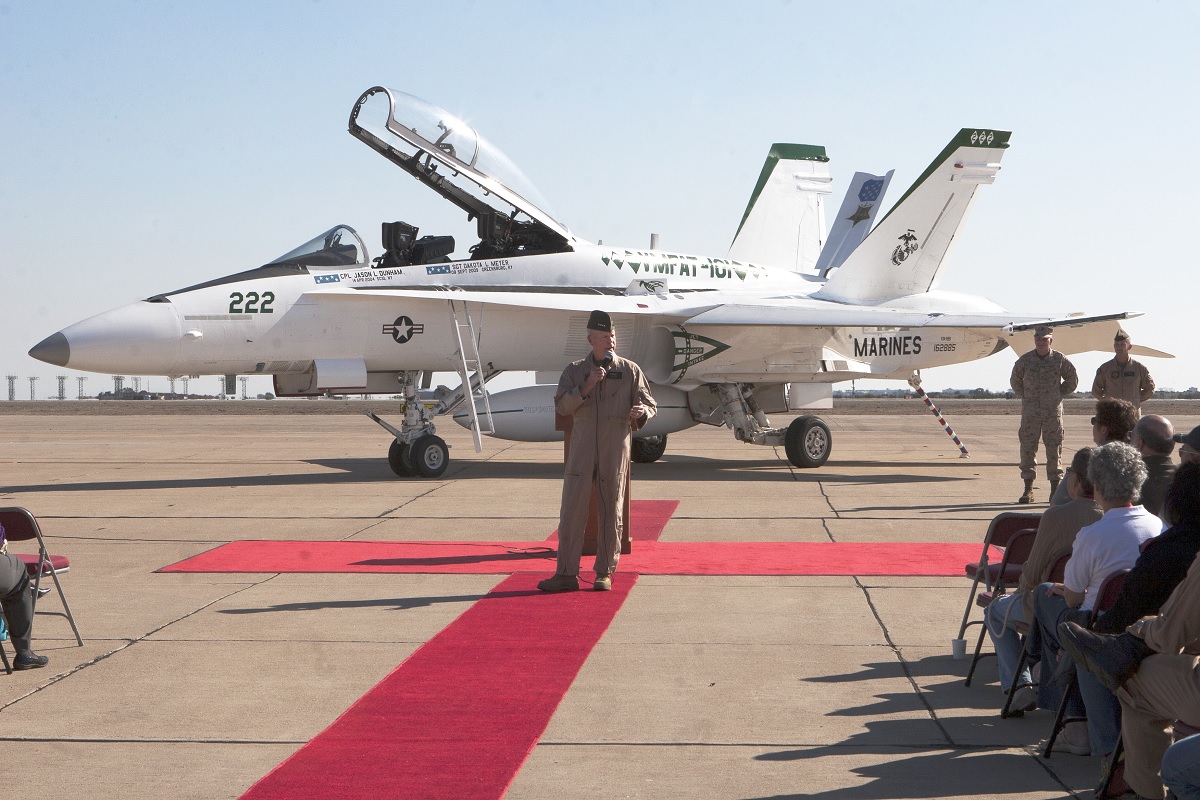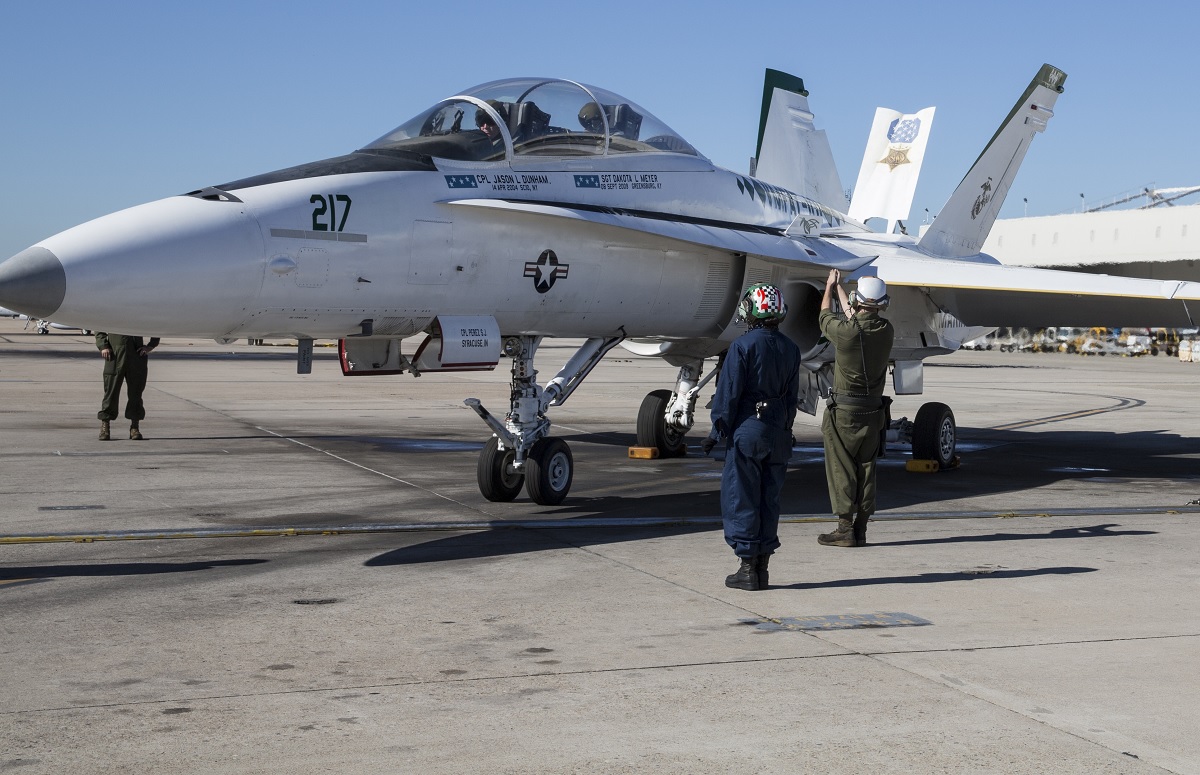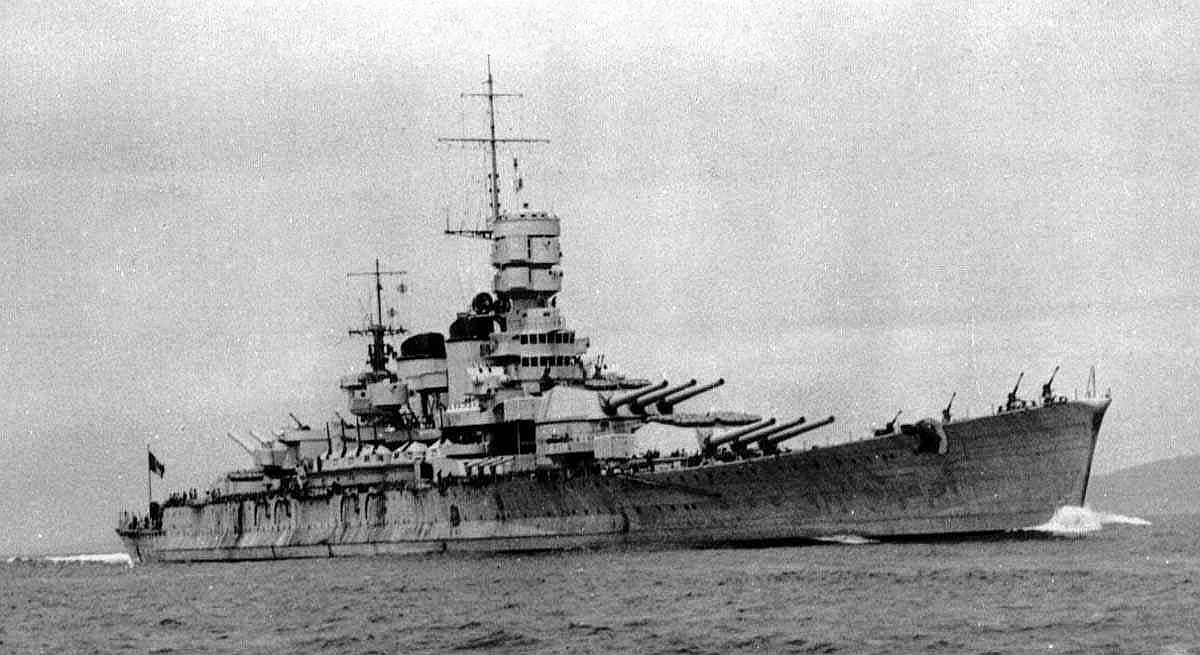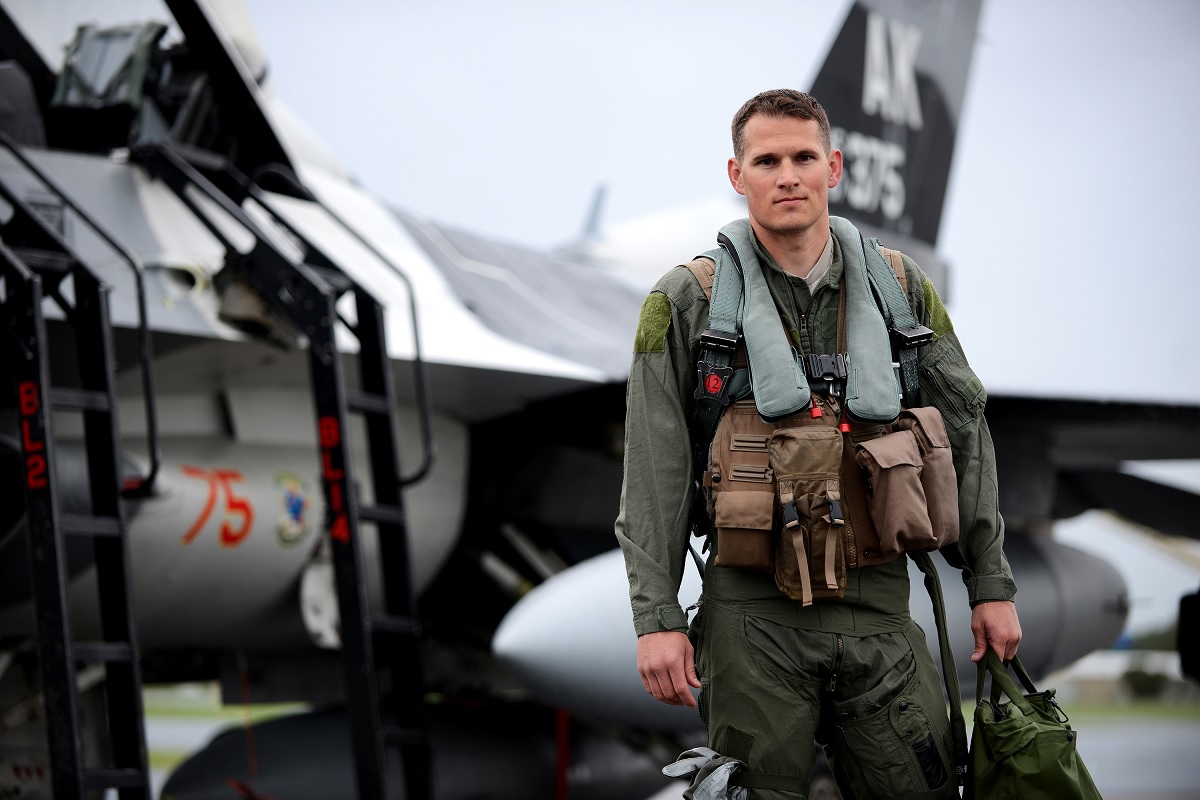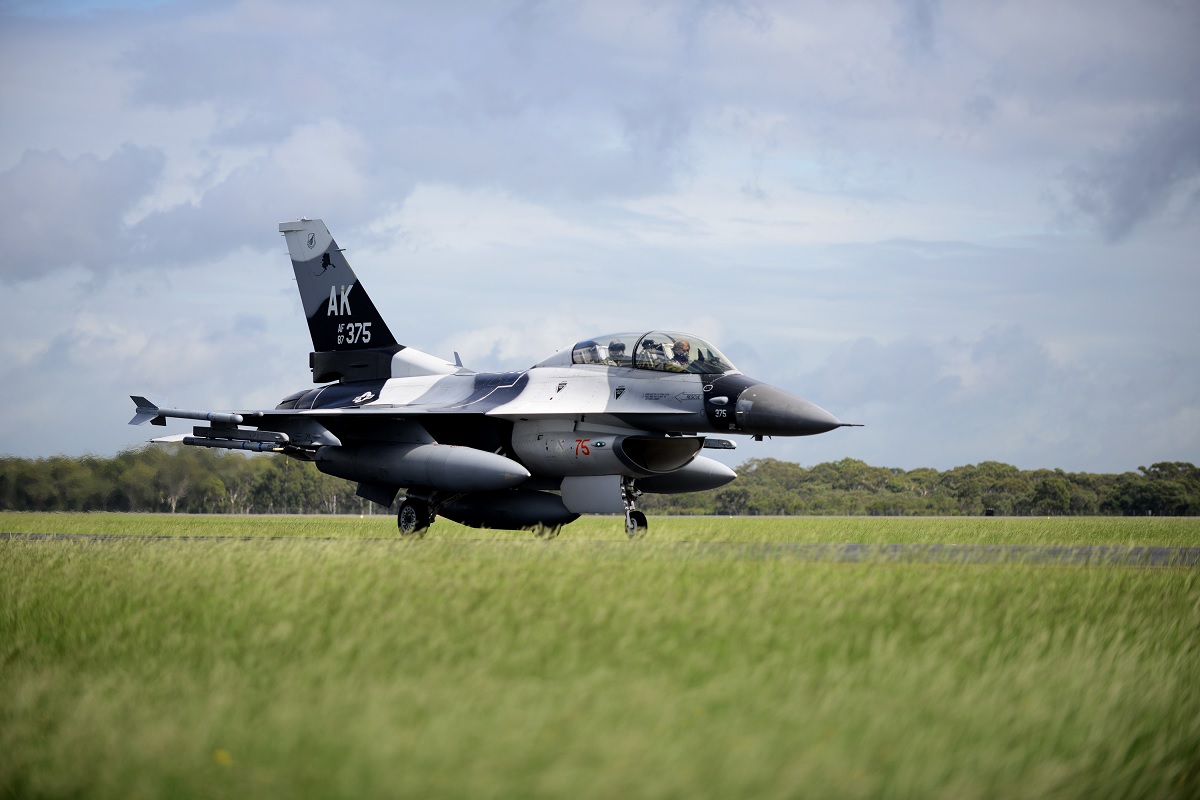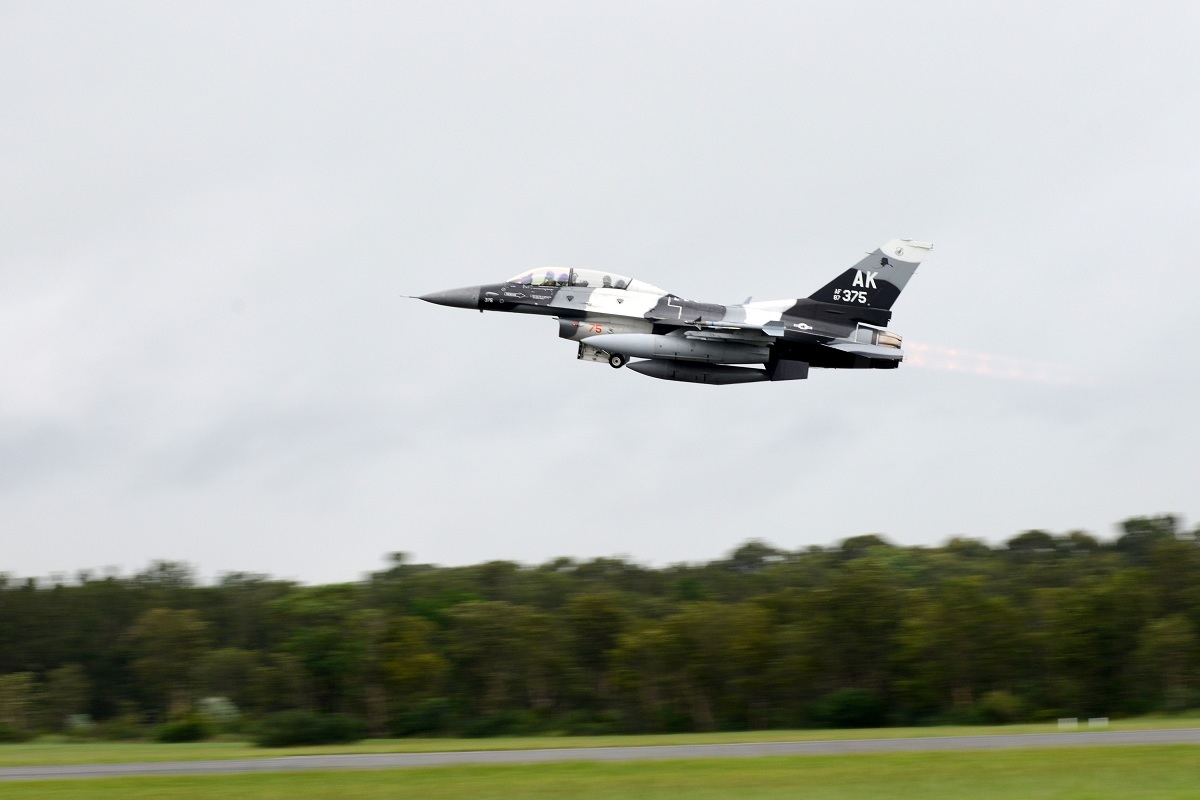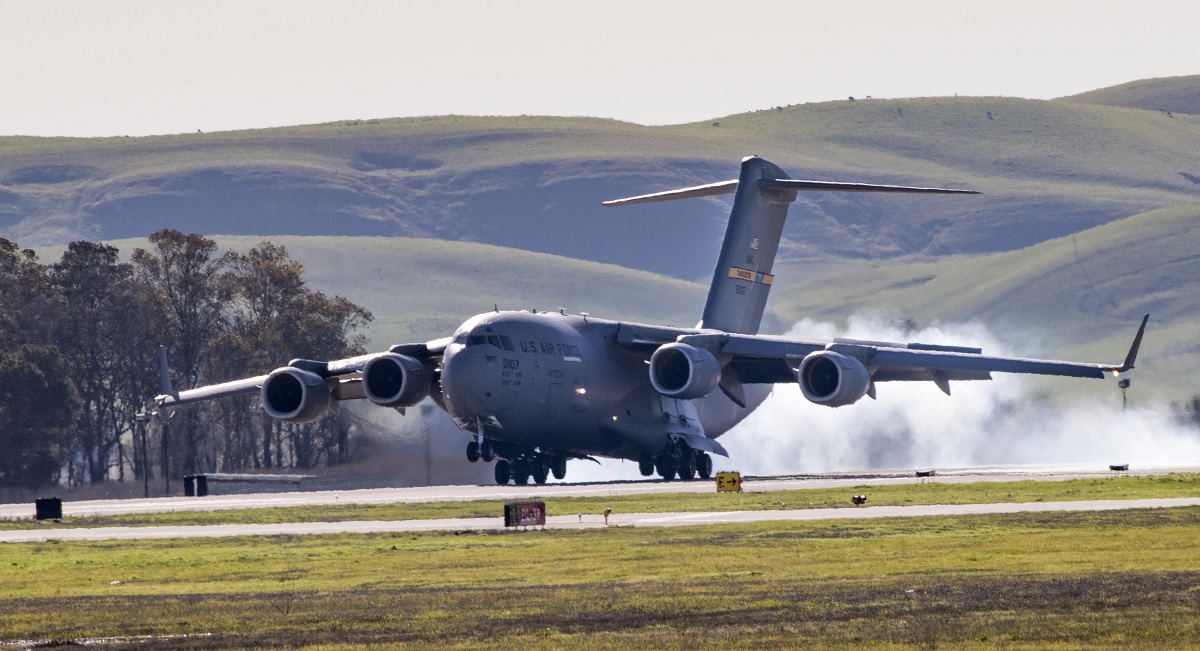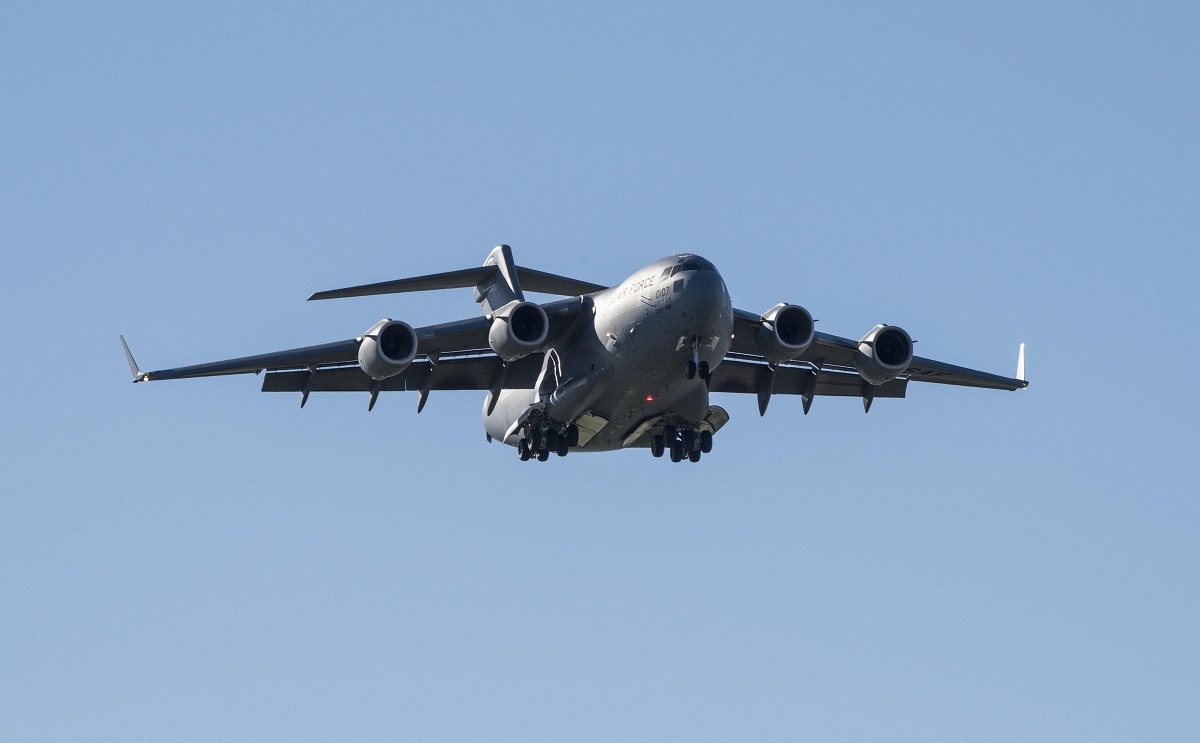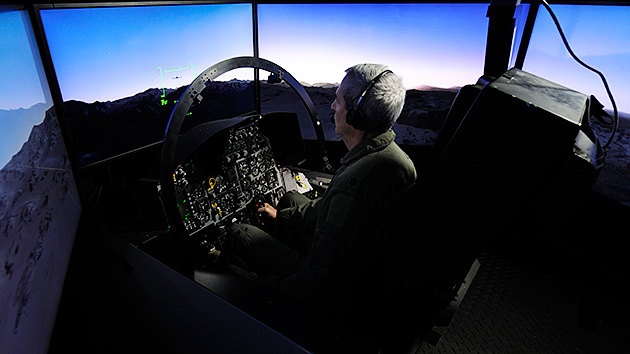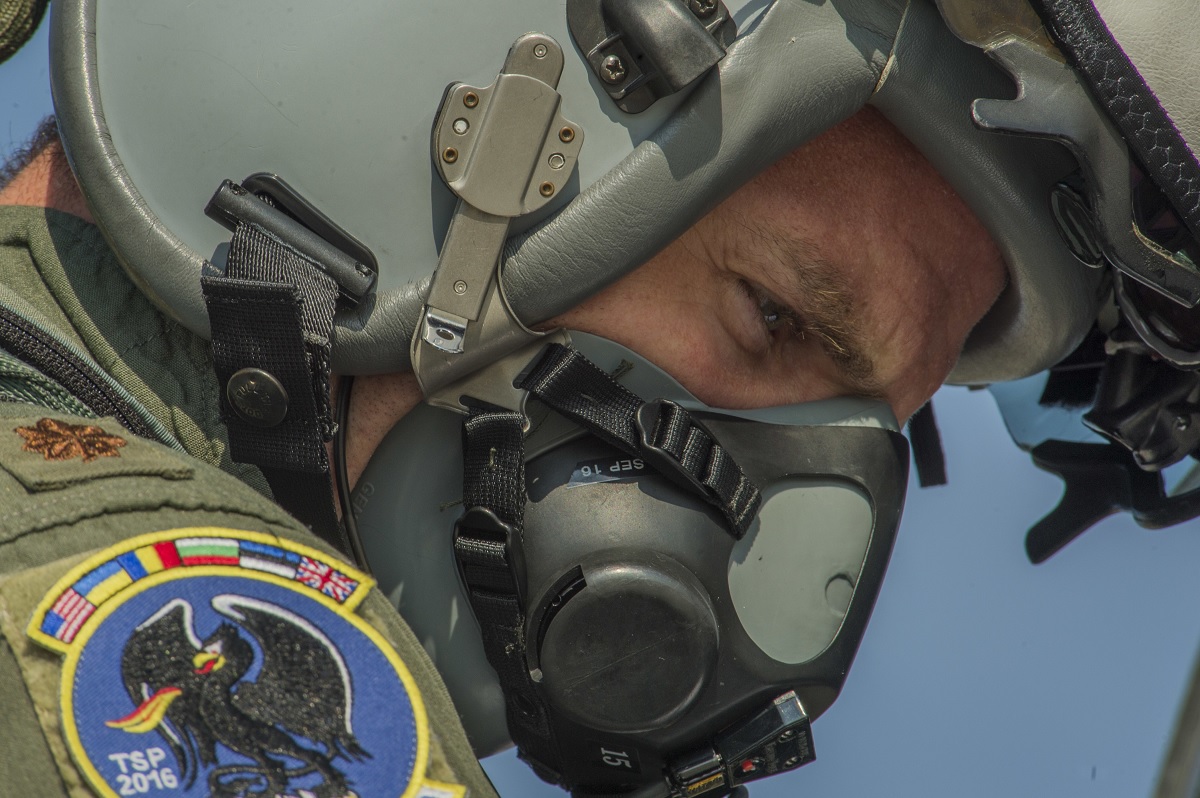“For 15 years (1977-92) sitting 24-hour air defense – codenamed Zulu – alert was a fact of life for an Eagle Driver at Bitburg,” Doug Dildy, former F-15 Driver
“For 15 years (1977-92) sitting 24-hour air defense – codenamed Zulu – alert was a fact of life for an F-15 Driver at Bitburg.”
According to what Steve Davies and Doug Dildy describe in their book F-15 Eagle Engaged, “when scheduled for Zulu the pair of pilots would show up at their squadron, frequently before any other members, and using the 36th TFW Zulu Briefing Guide discuss how they would conduct the launch, intercept, and 1 recovery. Gathering their Hight gear from the Squadron Life Support section, they would drive over to the Zulu barn and check in with the element they were replacing. There would be a quick brief by the outgoing Zulu Commander on the status of the jets and any intelligence regarding Warsaw Pact air activity. The oncoming pilots would then order breakfast (provided by the 36th TFW support group) and walk out to their jets, inspect, start, and cock them.
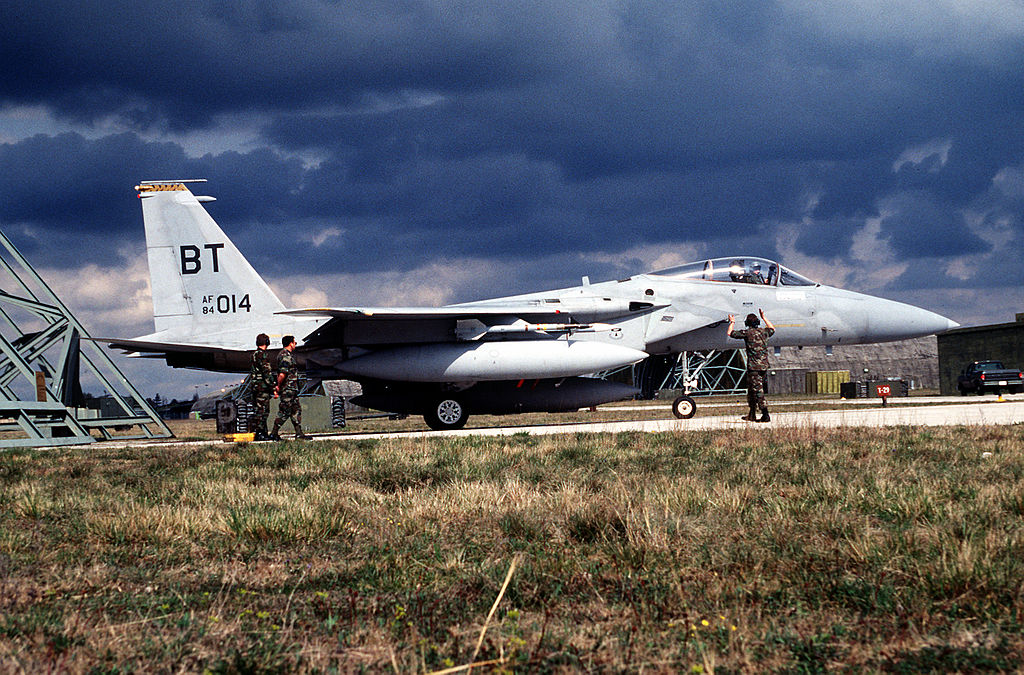
“Cocking the jet consisted of starting the aircraft, testing all the functions that would be needed on a QRA(I) scramble and intercept, and setting the switches so that the systems would come to life in the mode needed. These included firing up the radar and doing all of the BIT checks, tuning the AIM-7s to the radar’s frequency, and checking that the AIM-9Ls each slaved to the radar and had a good tone. The INS was given a complete GC (for gyrocompass) alignment, usually about a nine-minute process, and the data in its memory was checked for accuracy. Once the amber “ALN” (alignment complete) light was flashing, the control knob was rotated to OFF to save, or “store,” the Alignment. All aircraft checklist items were accomplished through Before Taxiing Checks — including lowering the flaps to the take-off setting – to be sure the jet was ready to launch. The radios were set on the frequencies for Bitburg tower in the “main” (No. 1 radio) and Bitburg command post (CP or BARON) in the “aux” (No. 2 radio). After shutdown, the INS knob was rotated to “STOR” so that when the engines started and the generators kicked in the system would immediately access the saved or stored alignment (a three-minute process and usually the limiting factor in a timely launch).
“Once the jets were cocked and the pilots and ground crew were back in the “shack,” breakfast would be served and everyone would sit down for a relaxed meal. With everyone together the Zulu Commander would announce he was doing a “horn and lights check” (to keep from interrupting breakfast with a dash to the jets), and call the CP to get a test on the klaxon and lights. To back up any contingency of lost comms with the CP, a set of three lights was mounted to the wall of the Zulu hangar bay: green for “Go,” yellow for “start engines and wait for instructions” (known as “Slingshot” status) and red for “Don’t Go” (which of course would have to be authenticated). With all checks done, the Zulu Commander would report four jets “on status” and the Zulu crew would settle into the dullness of another 24 hours in the barn.
“The barn’s living accommodations consisted of a kitchen, small dining area, and relaxation/ready room containing sofas, books, magazines, and television on the ground floor. Upstairs was the sleeping area with the four pilots’ beds in line abreast near the brass fireman’s pole and the “battle cab” at the forward end of the upper floor. The “battle cab” was wired into 4ATAF’s AD and Bitburg’s CP communications network and frequently, if something was up, the Zulu Commander would “hang out” there monitoring the discussions on the net and get (or give to his crew) a head’s up that a launch might be imminent. (If the words “Three Six, COPPER RING…” were ever heard coming in over the net, we knew a scramble was imminent and immediately began stumbling over each other to get to our jets.)
“Regardless of any notification, when the klaxon blared the pilots and Zulu ground crew would scramble. If it occurred during sleep, the pilots would literally jump out of bed and into their flight suits and boots (left properly positioned for the jump when retiring), tighten their boots, zip up their suits, and head for the pole. Adrenalin would be pumping but we had to pause long enough to allow the preceding pilot to clear the bottom of the pole (lest a collision at the base of the pole knocks out 50 percent of the alert force). On the ground, we would dash out to our respective jets. Our g-suits would be hanging from the ladder and zipping them on — while the ground crews opened the hangar doors, pulled on their headsets, and moved into position for engine start — we’d clamber up the ladder and drop into the seat, pulling the JFS start handle as we did so. As the JFS wound up to an ear-splitting scream one of the maintainers would buckle us into our harness and exit, remove the ladder and move to be ready to pull the chocks.
“As this blur of motion was progressing, as soon as the rising sound of the JFS cranking leveled off, we would raise the finger lift (on the front of the throttles) to start the first engine. As soon as the first generator was online we’d turn the radar on and the INS would start “cooking” in its alert alignment and the radios would click on. Raising the finger lift to start the second motor, now only two to three minutes into this well-practiced drill, the four-ship flight lead would pull out his pencil and, getting a nod from his wingman alongside him, would press the mike button to the rear to check in and contact Bitburg CP.
“LIMA ALPHA ZERO. ONE, check.”
“Twoop.”
“Three.”
“Fourp.”
“BARON, LIMA ALPHA ZERO ONE with four, ready to copy words.”
“LIMA ALPHA ZERO-ONE, Tango Scramble Two to Low Fly Seven. Contact STRAW BASKET GCI center on TAD 631 [tactical air defense frequency 631], back-up 635. Time now 03:00Zulu, Authentication Sierra Hotel.”
“LIMA ALPHA ZERO ONE copies.”
“Twoop.”
“Three.”
“Fourp.”
“Checking to be sure the engines were running in limits at idle, the radar had timed in, the ALN light was flashing, and his wingman was ready (helmet nod), the flight lead would give the pull-chocks signal. Getting a thumb’s up from the crew chief that they were clear, and a salute, he would push the throttles forward and press the mic button forward as well. After a quick check-in, he would call, “Bitburg tower, LIMA ALPHA ZERO-ONE, Tango Scramble Two.”
“LIMA ALPHA ZERO-ONE, cleared for take-off, runway 24.”
“Swinging onto the runway, we’d push the throttles into afterburner, wait for the first punch in the ass signaling a light off, then shove them all the way forward into “full blower.” The sidelines would become a streaking blur and the airspeed needle started winding rapidly around the dial. A quick pulse on the stick to get the nose up, airborne, get the gear up, flaps up, accelerating the jet to match our rushing heartbeats. At the end of the runway, we’d give a strong pull on the “pole,” condensation streamers wafting from the wingtips as the jet rotated skyward, blasting like a space rocket into the air. Behind the lead, the wingman would complete the same process, tipping his jet back on its tail to put LA01 into the large green SuperSearch circle on the HUD, get a lock, and call “Tied.”
“Approaching 7,000 feet, at the top of the near-vertical climb, the leader would roll off to the east and send his wingman to the TAD frequency. As he saw the wingman roll out of his climb in tactical formation alongside him, the leader would check in, “STRAW BASKET, LIMA ALPHA ZERO-ONE, check.”
“Twoop.”
A distinctly German accent would then respond, “LIMA ALPHA ZERO-ONE, vector one-one-zero, climb angels two-five [25,000ft].”
“With that call, we were headed for the low altitude training area called “Low Fly Seven,” probably to meet Neuburg’s (Luftwaffe) F-4F Phantoms over “Hasselback Ridge” for 2 v 2 low altitude intercepts. By the time we’d get there, our heart rates would back off to inflight normal and our brains would catch up with the jet and begin doing what we’d been drilled to do, working the radar, comms, and weapons parameters (master arm switch stayed in “SAFE”) to intercept any potential “bad guy.” We did so knowing that with their own radars, the real “bad guys” were sitting on the other side of the fence watching and listening to us. We did all this to convince them that they would be met with the same fast and lethal response should they put so much as a toe over the line.”
The following video, taken at Bitburg at the height of the Cold War, shows a typical F-15 Zulu Alert Scramble.
F-15 Eagle Engaged is published by Osprey Publishing and is available to order here.
Photo by Airman 1st Class Javier Alvarez and Sgt. Janel Schroeder / U.S. Air Force




